|
Following the Louisiana Purchase in 1803, Americans started to arrive in New Orleans and wanted a neighborhood to call their own. It took thirty years to happen but in 1826 when Jacques Livaudais failed to show up for divorce court preceding he lost ownership of the family plantation to his wife. In 1832, she moved home to France and sold the property to a group of businessmen that saw this land as American’s answer to the French and Creole dominated Vieux Carre. They parceled it off into a grid of 80 city blocks and it became part of the Village of Lafayette. Wealthy Americans flocked to build mansions here. With plenty of space each mansion was surrounded by huge lawns and gardens some spanning full city blocks which earned the area its nickname the “Garden District”. That nickname stuck and the Garden District became its official name when the neighborhood was annexed into New Orleans in 1852. While the lawns are no longer as grand as they once were, the mansions are still just as impressive as they were the day they were built. A visit to the Garden District offers a chance to see an entire neighborhood of preserved mansions from the 1800s and displays a melting pot of architectural styles that were “new” for the time period in which they were built. The Garden District was recognized for its architectural and cultural significance in 1972, when it was listed on the National Register of Historic Places, and then again in 1974, when it was declared a National Historic Landmark. Most recently, the Garden District was designated as a Historic District in June 2007 by the Historic District Landmarks Commission. Whether you choose to take a guided walking tour from one of the many local tour companies or just do it yourself, a visit to New Orleans is incomplete without a visit to the Garden District. The easiest way to get to the Garden District is to jump on the Saint Charles Street Car. Check out this blog post from a different blogger for a crash course in... How to ride a streetcar. St. Charles Avenue is the home of the St. Charles Streetcar Line. These GREEN streetcars are one of New Orleans’ most visually iconic links to the past. The 900 series streetcars were first put into service in the 1920s and are registered as National Historic Landmarks. New Orleans first started using streetcars in 1835, more than 180 years ago, making this the oldest continuously run route for such transit in the world! If you are coming from the French Quarter, Royal Street turns into St. Charles Avenue when you cross Canal Street. The St. Charles Street Car line starts at the corner of Canal and St. Charles. Get off at Washington Avenue. When you step off the streetcar, turn left on Washington Avenue and walk one block to the corner of Washington and Prytania. There will be a sign commemorating the founding of Lafayette, the city that became the Garden District. While in this area, be sure to check out: The Rink Shopping Center - 2727 Prytania Street The Rink today is a shopping center but in 1884 it was a roller skating arena called the Crescent City Skating Rink. No one is certain but this is believed to be the first skating rink in the city. When they opened, Crescent City advertised it as the largest skating rink in the country. Sadly, it was only a roller rink for four years. Lafayette Cemetery No. 1 - Corner of Prytania and Washington Built in what was once the City of Lafayette, the cemetery was officially established in 1833 but the square has been used for burials since 1824. The first available burial records are dated from August 3, 1843. Commander's Palace - 1403 Washington Avenue The famous Commander's Palace restaurant has been a New Orleans landmark since 1893. It was originally opened by Emile Commander when he set up shop on the grounds of the former Livaudais Plantation. Today it is owned by the Brennan Family. If you wish to eat there, check their website for their dress code. If you wish to follow my route, backtrack to Prytania Street...
There is just so much wonderful architecture to see in the Garden District, I'll admit that my interior design background made me go a little crazy. I photographed several beautiful mansions that were not on the typical walking tour routes that I researched for my trip or even considered "historically famous" because I just couldn't help myself. LOL I ended up adding them here anyway because as I discovered later, every one of these homes are either historically or architecturally significant.
Colonel Short's Villa - 1448 Fourth Street
The unusual fence features a pattern of morning glories and cornstalks and is the most famous work of cast iron in the Garden District. It is said that Colonel Short purchased the fence for his wife, who was homesick for her native Iowa.
The Sully Mansion - 2631 Prytania Street Built in 1890 for the Rainy family, this mansion was designed by Thomas Sully. Sully is viewed as one of the most prominent Louisiana architects of the late nineteenth century and was among the first to form the unique architectural look of Uptown New Orleans. This home is the most intact of the few remaining “Sullys” left in the city. It is currently a Bed and Breakfast. Briggs-Staub House - 2605 Prytania Street Build in 1849, for a gambler by the name of Cuthbert Bulitt it is one of only a few Gothic Revival houses in the city and the only one located in the Garden District. After the home was completed, Bulitt refused to pay for it. Many believe he couldn’t afford to because of a large gambling loss. The house was sold to Charles Briggs an English insurance executive. It seems odd that any architectural style would be "off-limits" in the varied Garden District, but such was the case when this Neo-Gothic cottage. Protestant neighbors complained that its steeply pitched roof and pointed arch windows recalled Catholic traditions they had hoped to leave behind in the French Quarter. The Gilmour-Parker House - 2520 Prythania Street Built in 1853 for Thomas Gilmour, an English cotton merchant, and his wife Anna. It was the first asymmetrical and one of the earliest examples of Italianate architecture in the city. In 1882, John Parker, Sr., and his wife, Roberta, purchased the house. They enlarged the home adding an extension to the dining room with bay windows, a rear hallway and replaced the original staircase. Their son, John Parker, Jr., served as Governor of Louisiana from 1920-24 and entertained his hunting companion, Theodore Roosevelt, in this house. Turn Right on Third Street.... Robinson House - 1415 Third Street Built between 1859 and 1865 by architect Henry Howard. It is designed in the Greek Revival and Italianate styles and has a neoclassical cast iron fence. At 10,516-square-foot, this is one of the largest homes in the district and features a distinctive curved portico. Its unusual roof acts as a large vat that once collected water and acted as a cistern. Gravity provided water pressure. This is believed to be the first house in the Garden District to have indoor plumbing. Musson Bell House - 1331 Third Street This Greek Revival/Italianate mansion was built in 1853 for Michel Musson, one of the few French Creoles living in the Garden District before the Civil War. He was a successful cotton merchant, the New Orleans postmaster and the uncle of French artist Edgar Degas. After the Civil War dealt Musson’s fortunes a severe blow, he sold this house and moved his family to Esplanade Avenue where Degas briefly lived with him. The original design of the house is attributed to James Gallier, Sr., but the facade has been altered. The cast iron gallery is an 1884 replacement and the facade originally had two front bays. Backtrack to Prytania Street and turn Right... Our Mother of Perpetual Help Chapel - 2523 Prytania Street This three story tall Greek-Italianate Revival mansion was originally designed by Henry Howard in 1857 for the wealthy coffee importer Henry T. Daily Lonsdale. It was often called the skyscraper because it was the tallest structure in the Garden District at the time. While this mansion’s intricate cast iron gallery and marble entrance exudes European elegance, it’s most distinctive characteristic just might be its lineage of owners. After the Civil War it was acquired by the Catholic Church as a home for older priests. Rather than going over to one of the two big churches, Catholic families in the Garden District began attending Mass at Our Mother of Perpetual Help Chapel in the home. From 1929 to 1953, it was a Catholic Girl’s School. Most recently it was owned by two different internationally known celebrities; Anne Rice lived here and used it as the setting for her novel Violin and Nicholas Cage owned it for a while. Maddox-McLendon House - 2507 Prytania Street This Greek Revival mansion was originally built in 1852 for Joseph Maddox, the owner of the Daily Crescent newspaper. The interior of this home was used for the Jamie Foxx and Leonardo DiCaprio movie Django Unchained. The Women's Opera Guild House - 2504 Prytania Street This gorgeous New Orleans Garden District mansion was formerly known as the Davis-Seebold Residence. It became the home of the Women's Opera Guild House in 1966. Designed by William Freret, the home was built in 1858 and combines several different architectural styles. The structure is Greek Revival, and it has Italianate metalwork with a Queen Anne extension. The home has been used recently for a couple of movies: Elsa and Peter with Shirley MacLaine and Christopher Plummer and Quentin Tarantino’s Django Unchained. The Bradish Johnson House - 2343 Prytania Street This mansion was designed by James Freret in the French Second Empire style. The home features nearly every stylistic element pioneered by Napoleon III’s architects. There are French styled dormers, a mansard roof and loads of Italianate detaining, rounded doors, and Corinthian columns support a second-story balcony and the manicured garden make it feel like Paris. It was built in 1872 for a sugar baron by the name of Bradish Johnson. It cost $100,000 to build at the time, that would be more than $1.6 million today! Since 1929, it has been the private Louise S. McGehee School for Girls. Backtrack to First Street and turn Left... Archie Manning House - 1420 First Street
Pritchard-Pigott House - 1407 First Street
Renovations in 1904, transformed the townhouse into the spacious classically inspired mansion seen here today. Two additional bays were added to center the front entrance and give it a more symmetrical appearance, also a tetrastyle portico and the colossal Doric columns.
Morris-Israel House - 1331 First Street Designed in 1860 by Samuel Jamison. It is one of the best examples of Italianate architecture in the city making it a very popular stop on all the Garden District tours. Many houses have both Greek Revival and Italianate styles, but this house has all the features of early Italianate style which was popular in New Orleans in the late 1850s. The doors and window frames are arched as they are modeled after Italian villas. Notice that the cast iron columns are slender with arched spandrels and it’s impossible to miss all the detailed cast iron work that is more delicate in design, more commonly described as “iron lace” this is another tell that this house has shifted to Italianate style. It was once owned by Anne Rice. Carroll-Crawford House - 1315 First Street This house was built in 1869 for Joseph Carroll, one of the city’s most successful cotton merchant. It was designed in the Italianate style with cast iron lace balconies by Samuel Jamison who also designed the Morris-Israel House. It is said that Joseph Carroll was known for giving lavish parties. He was very good friends with Mark Twain, who visited the house often. There have been several other owners worth noting. R.M. Walmsley, whose grandson, T. Semmes Walmsley, served as mayor of the city from 1929 to 1936. In the 1920s, it was owned by Valentine Merz, the founder of Dixie Brewery. In 1932, an engineer named Charles Crawford whose sister was Josephine a well-known French Quarter artist of the ‘20s and ‘30s. The White House - 1312 First Street
Brevard-Rice House - 1239 First Street This home was built in 1857 by merchant Albert Brevard. It is a neoclassical hodgepodge from just about every architectural style of its time. The Greek Revival colonnades, Italianate flourishes and a hexagonal window all mix with surprising elegance. The home was purchased by Anne Rice in 1989. While living here, she used it as the setting for her book “The Witching Hour” which turned into a trilogy about a fictitious family called the Mayfair Witches who also lived in the home. She sold the home in 2003 after the death of her husband, Stan. Payne-Strachan House - 1134 First Street This home is best known as the home that Jefferson Davis, the President of the Confederate States of America died in December of 1889. Jefferson Davis had been imprisoned after the Civil War and then pardoned. He eventually began giving talks and writing books about the war to make ends meet. During a trip he fell ill with malaria and bronchitis and was forced to stop in New Orleans, where he was diagnosed and ordered off the boat. He was taken in by Charles Fenner, the son-in-law of Judge Jacob Payne an old friend of Davis’. He spent the next two weeks here in the home eventually dying on the morning of December Sixth. It is of Greek Revival design.
This is where my day in the Garden District ended abruptly with several loud crashes of thunder, lighting and a mad soaking wet dash back to St. Charles Avenue to hop the streetcar. You would have never guessed it by the beautiful sky in my last image but that's what you get when you tour New Orleans during the rainy season. I could have spent all day!
This was the rest of my planned route....
Backtrack up First Street and turn Right on Coliseum Street...
The Seven Sisters - 2329 through 2305 Coliseum Street - There are actually 8 of them. Historical shotgun houses that were built on speculation.
Backtrack up Coliseum...
The Joseph Merrick Jones House - 2425 Coliseum Street - Currently the home of John Goodman, it belonged to Trent Reznor the lead singer of the Nine Inch Nails before that.
Eustis-Sandra Bullock House - 2627 Coliseum Street - A Swiss Germanic Chalet built in 1867. The Nolen House - 2707 Coliseum Street - Better known as "The Curious Case of Benjamin Button" house. Finish with lunch at Commander's Palace on the corner of Washington Avenue & Coliseum Street.
More images from my travels through Louisiana and New Orleans can be found in the Louisiana Collection of my Image Gallery.
See an image you like? You can purchase Susan's work in The Art Gallery.
All images in the her collection are available as wall art, fine art prints, on home decor, gift items and apparel.
2 Comments
|
AuthorI am the 8th photographer in 4 generations of my family. Back in 2006, my husband accepted a job traveling, and I jumped at the chance to go with him. Categories
All
Archives
June 2024
This website uses marketing and tracking technologies. Opting out of this will opt you out of all cookies, except for those needed to run the website. Note that some products may not work as well without tracking cookies. Opt Out of Cookies |
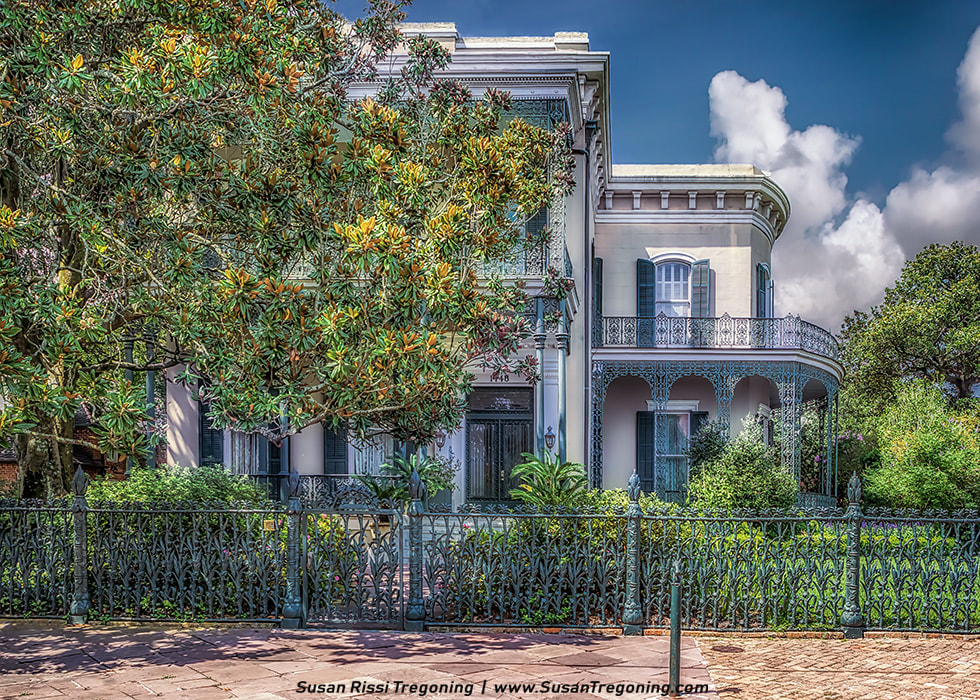
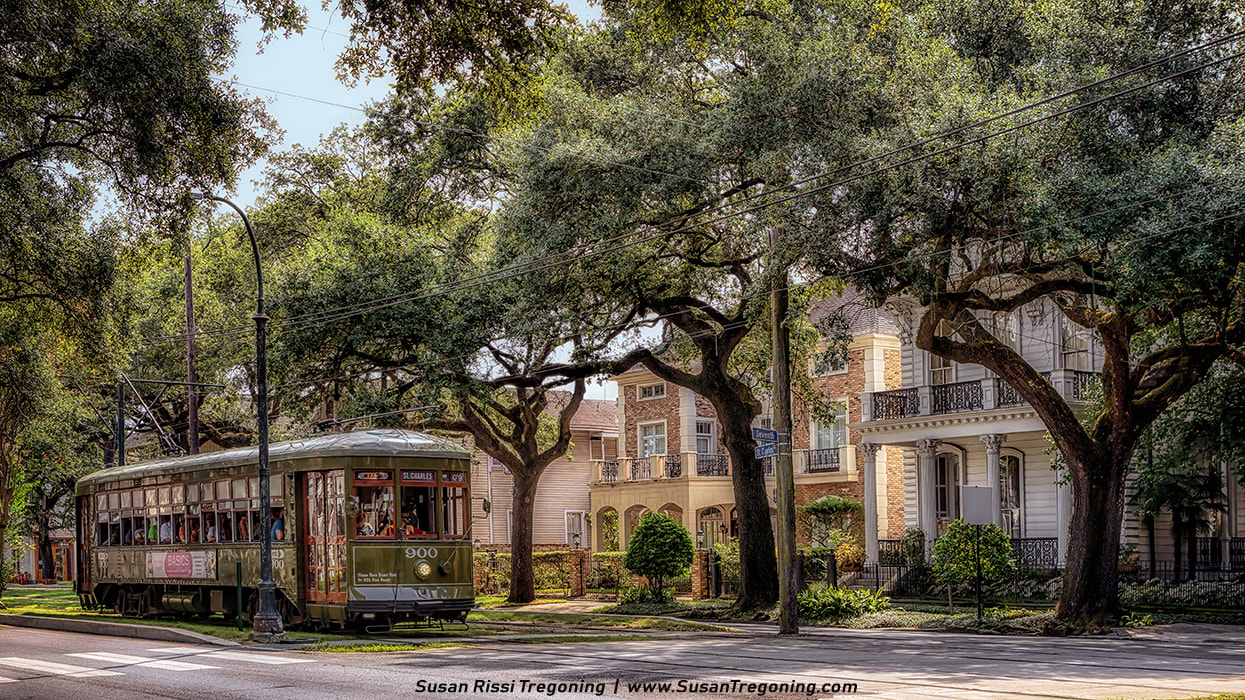
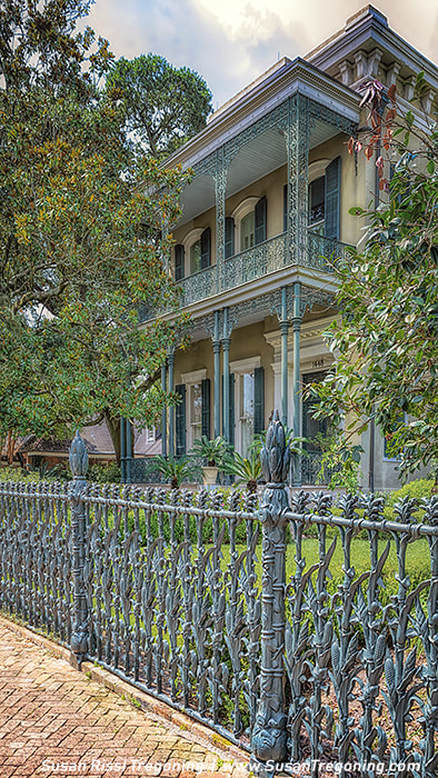
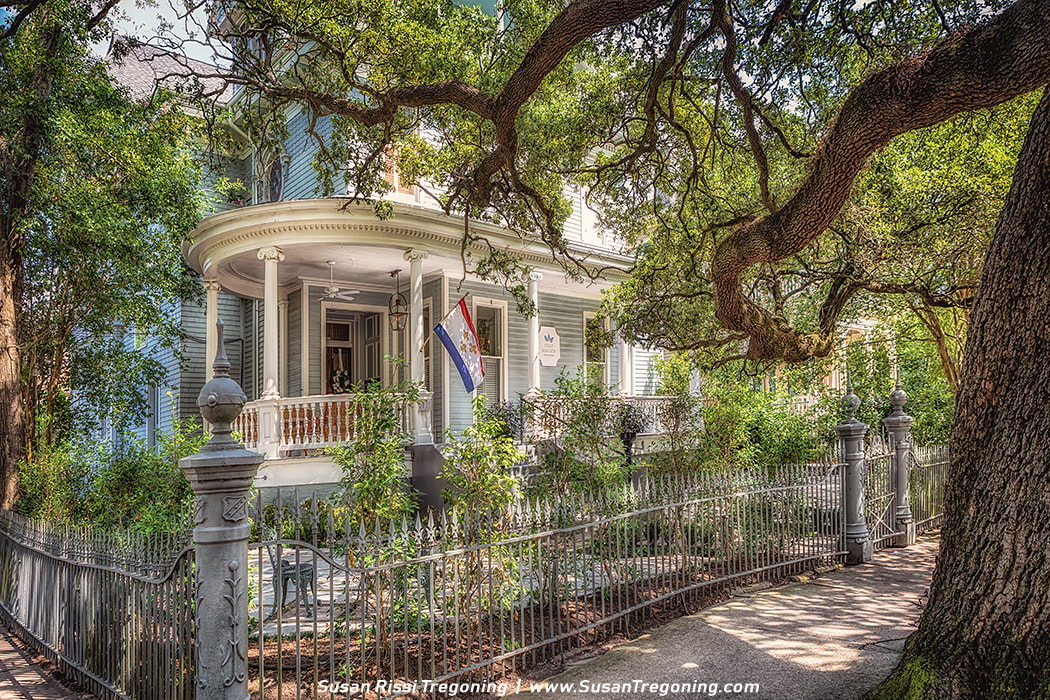
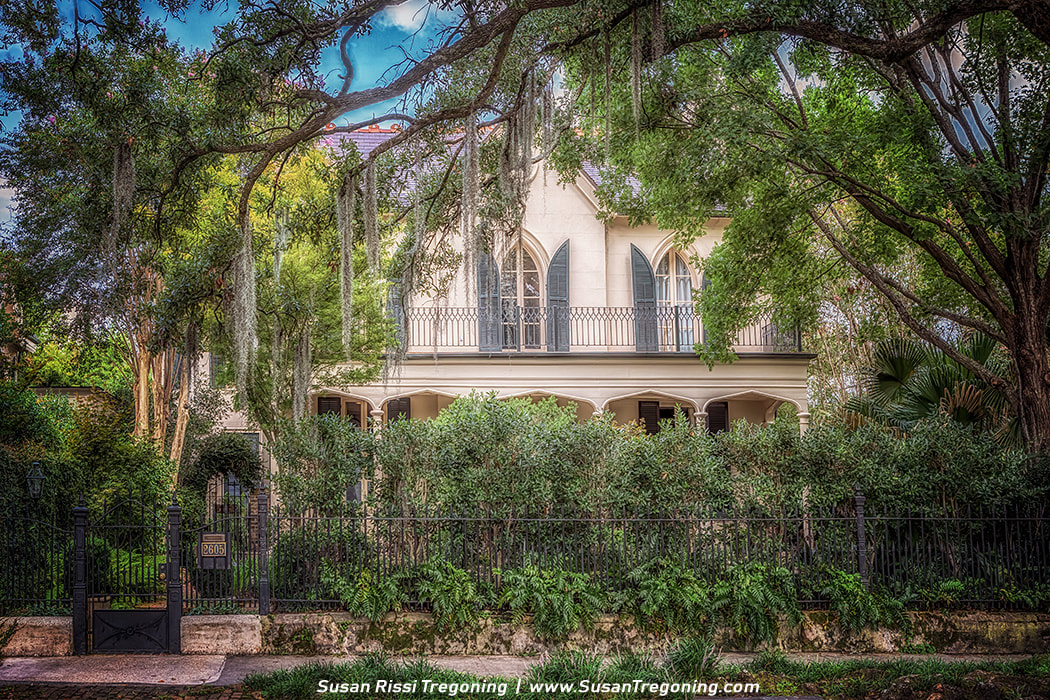
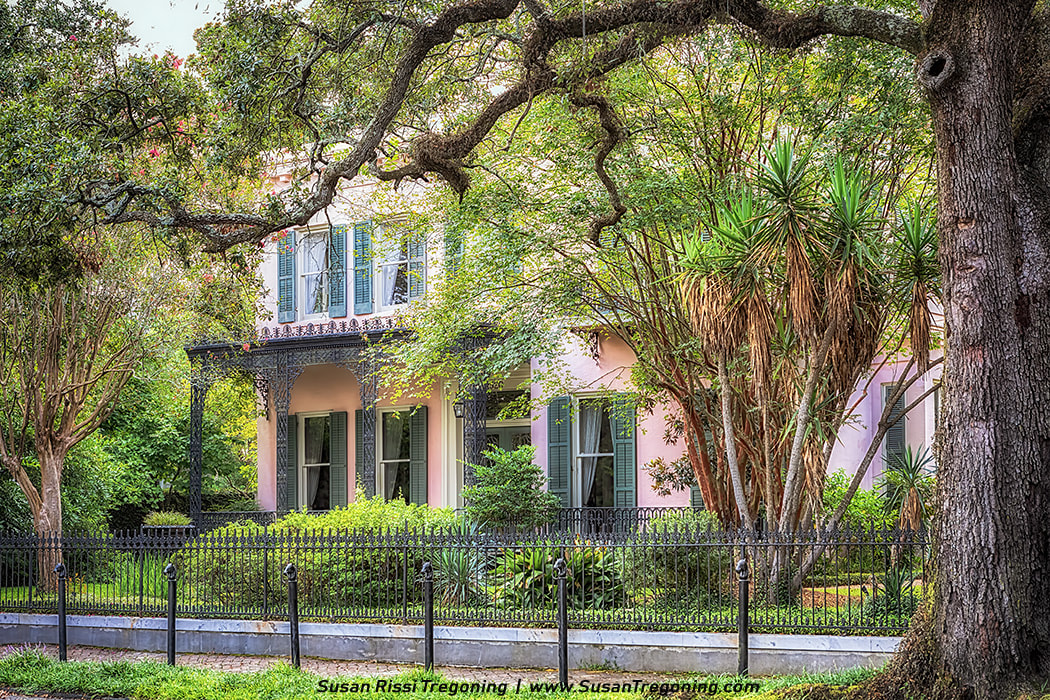
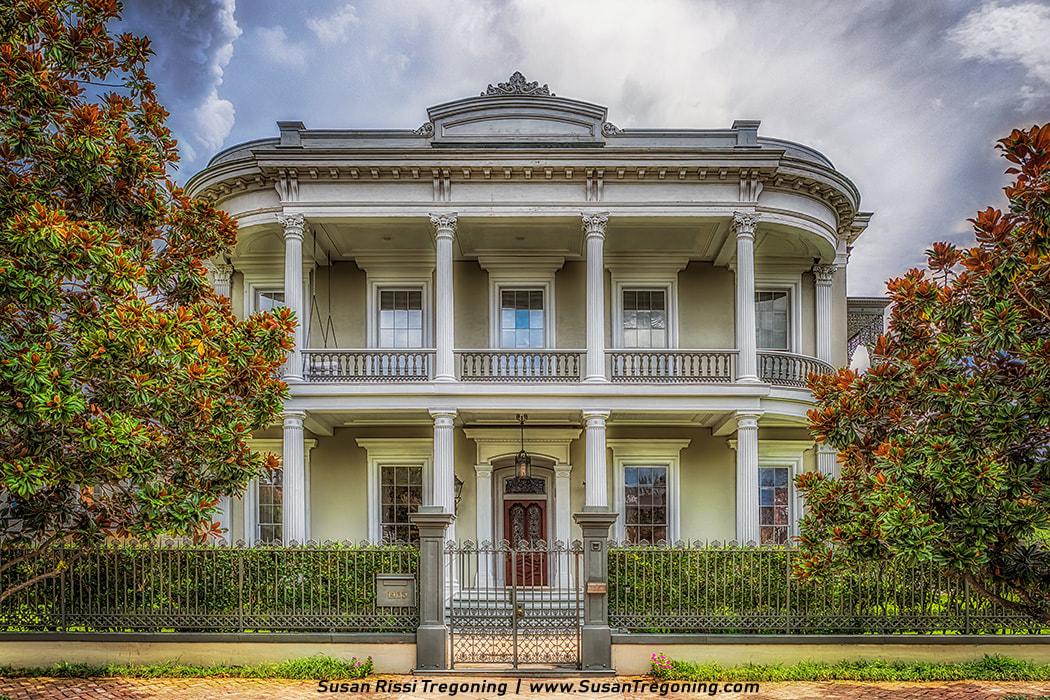
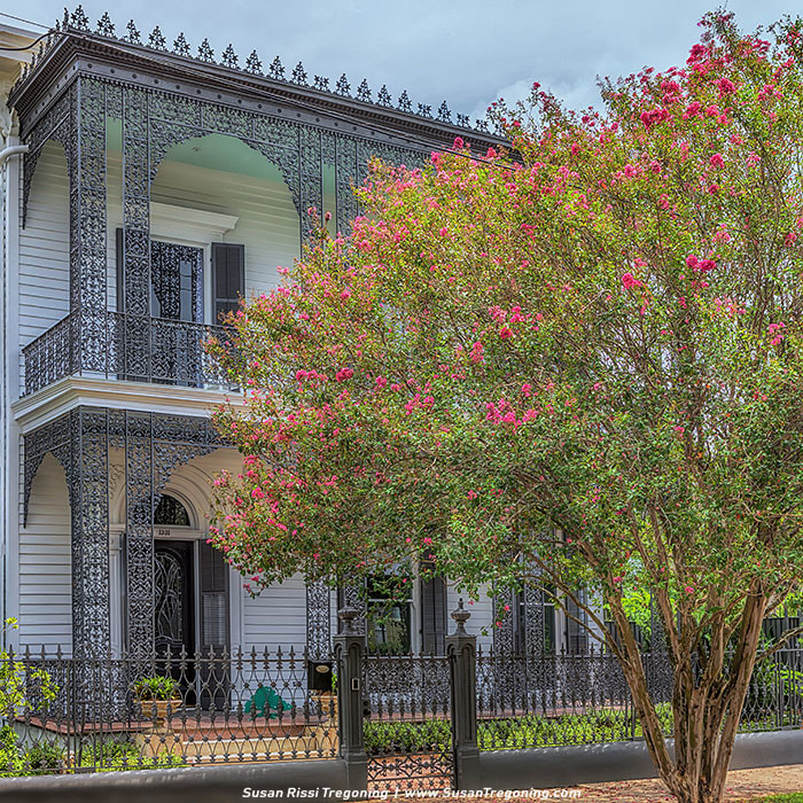
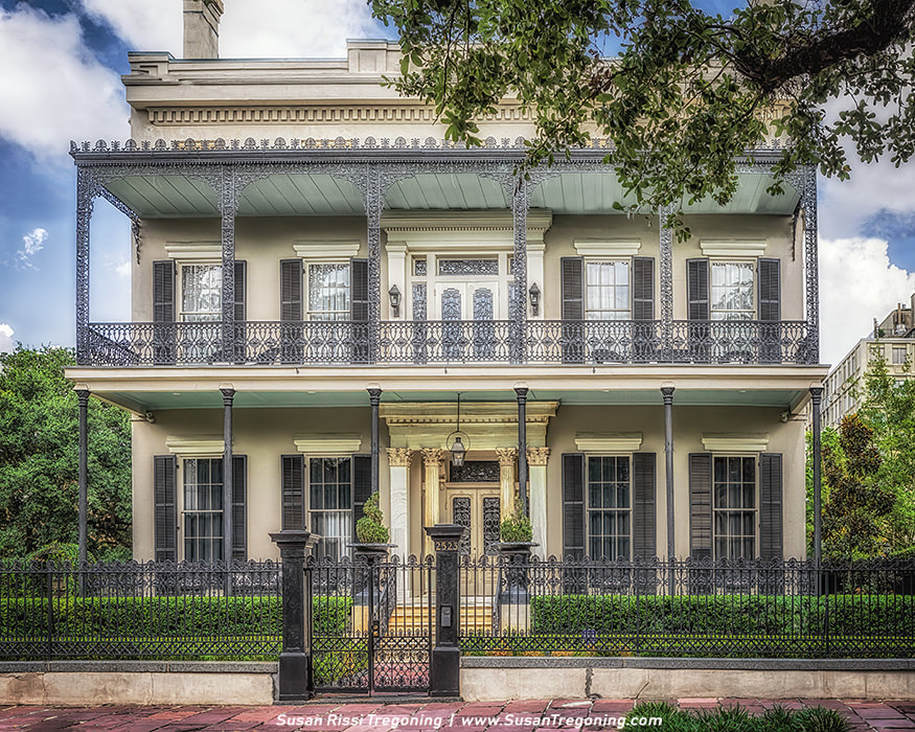
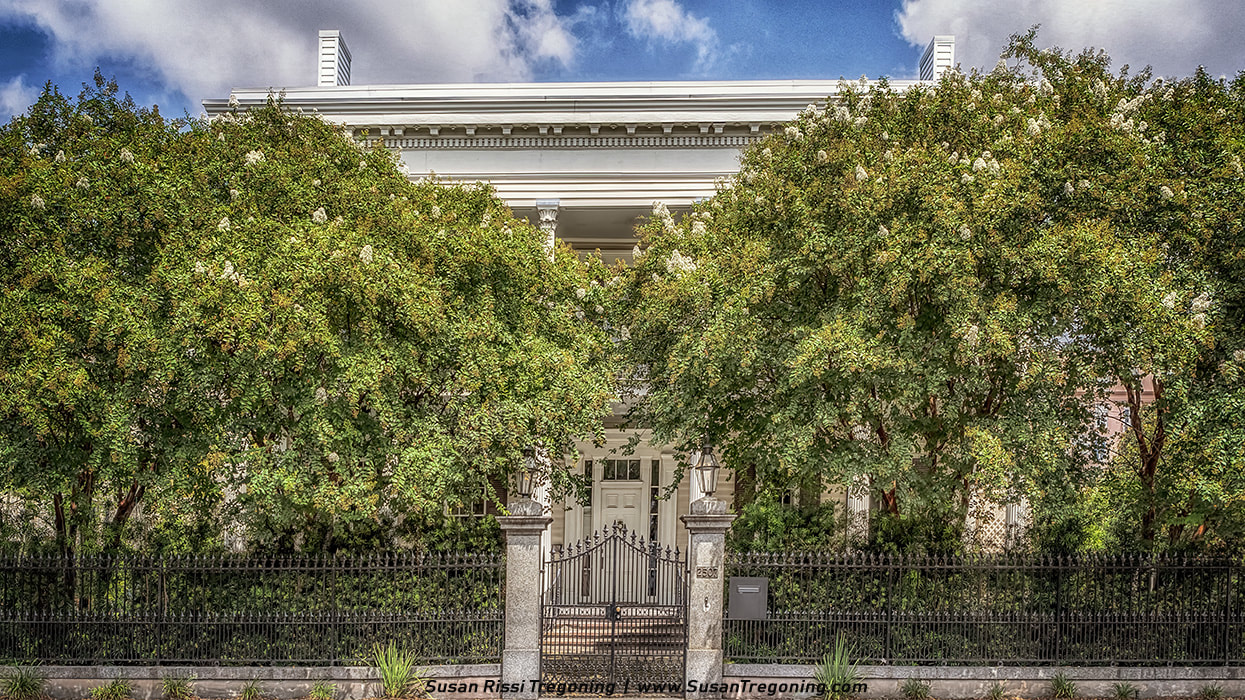
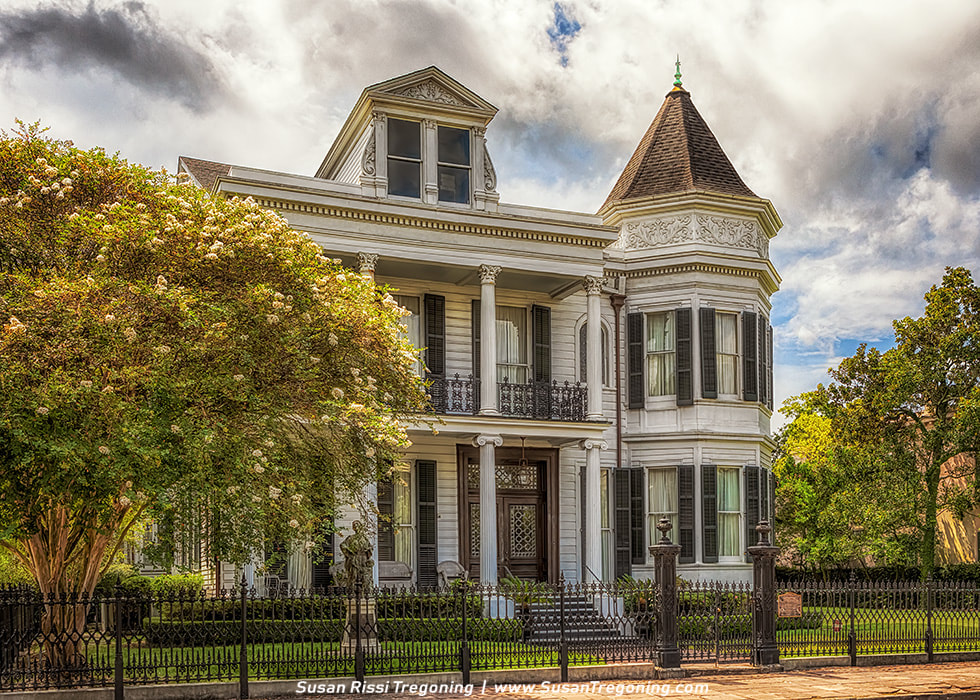
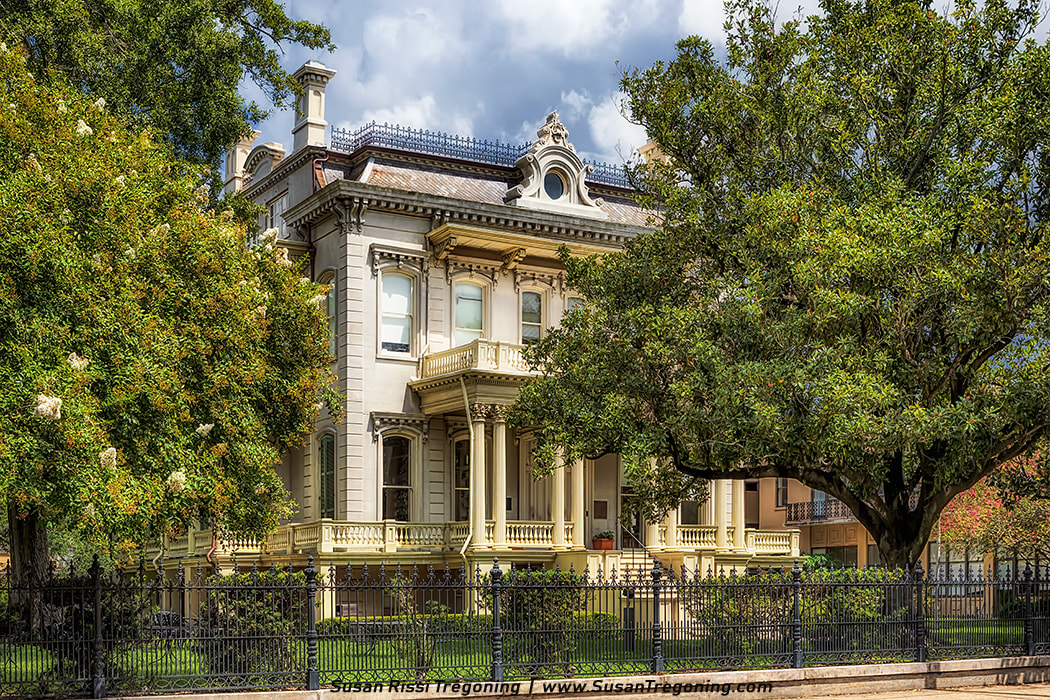
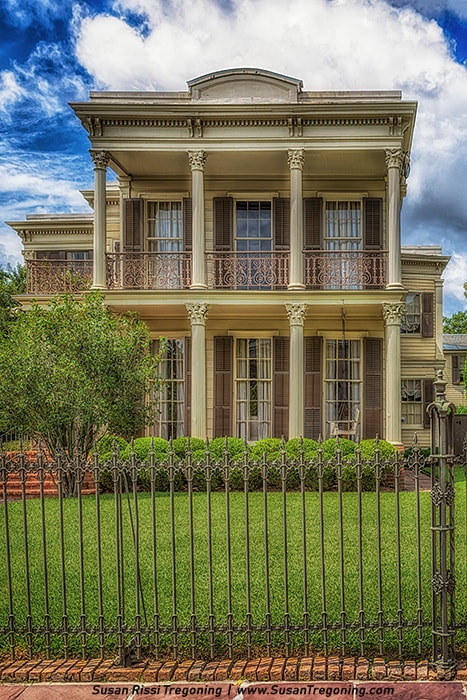
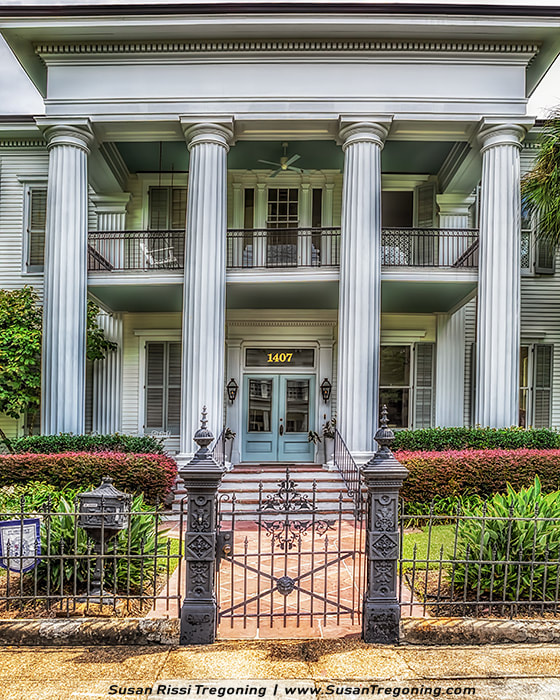
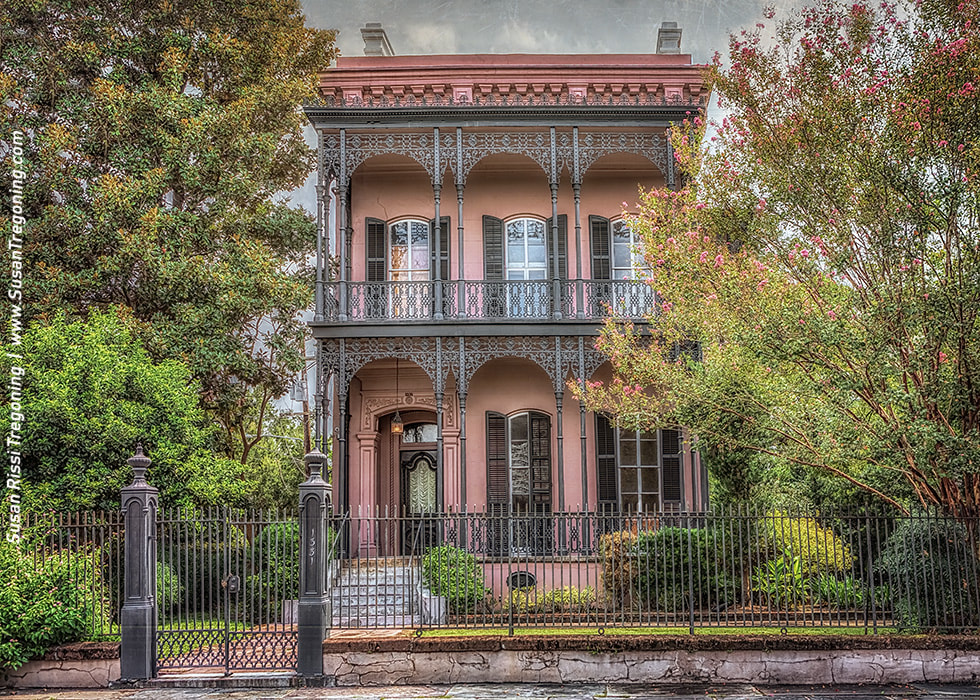
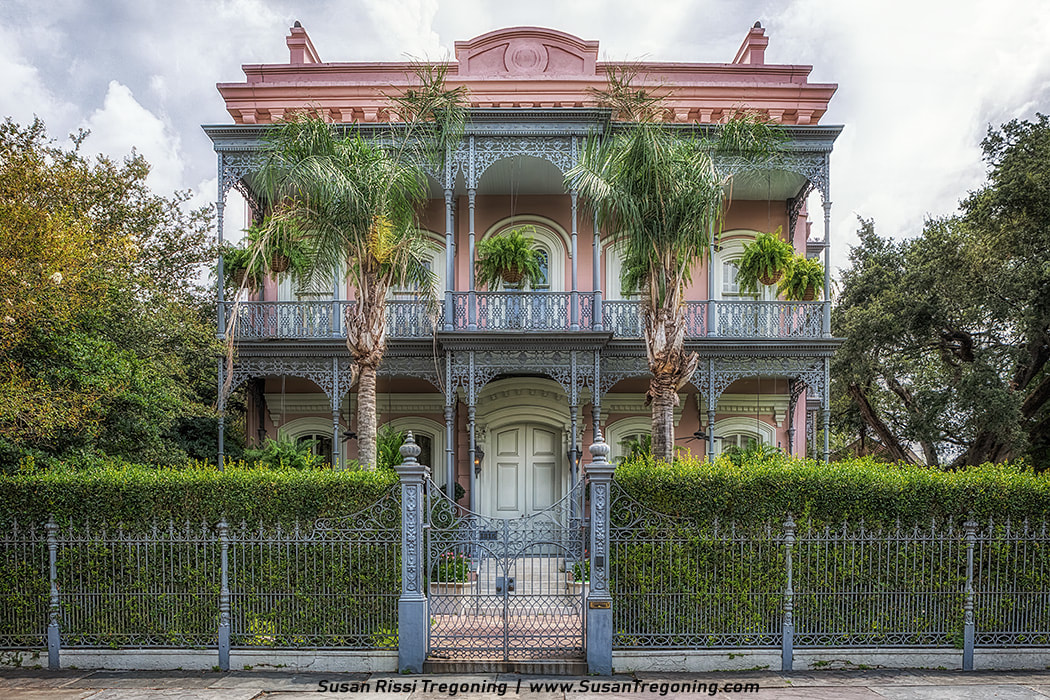
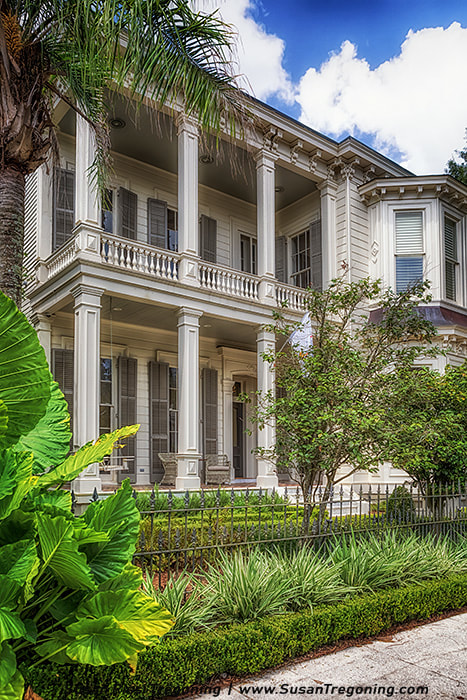
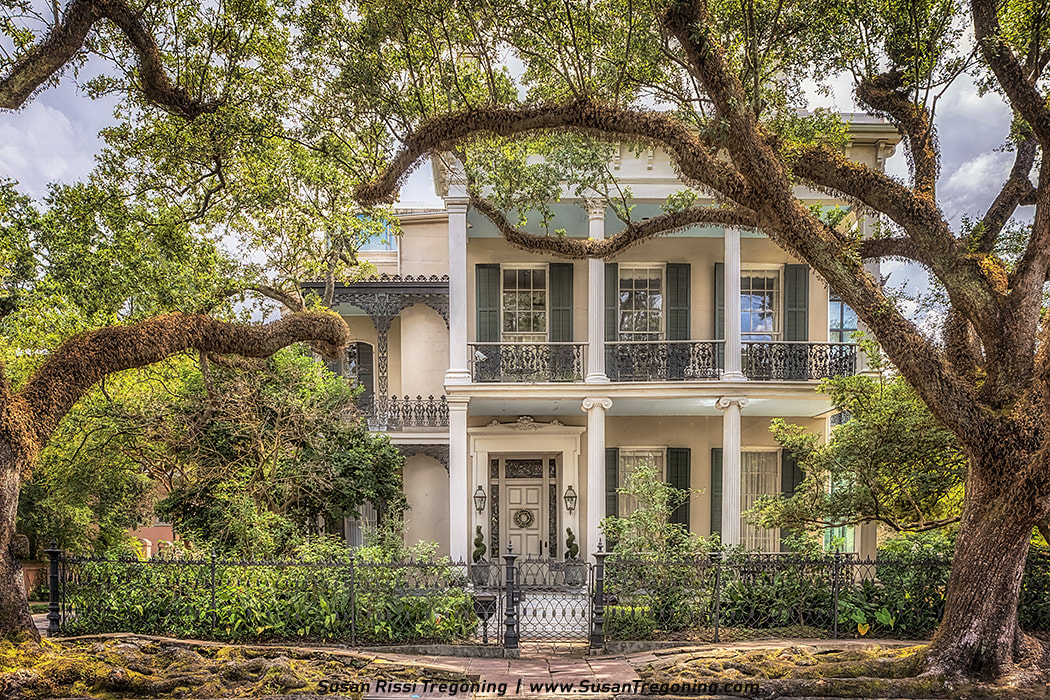
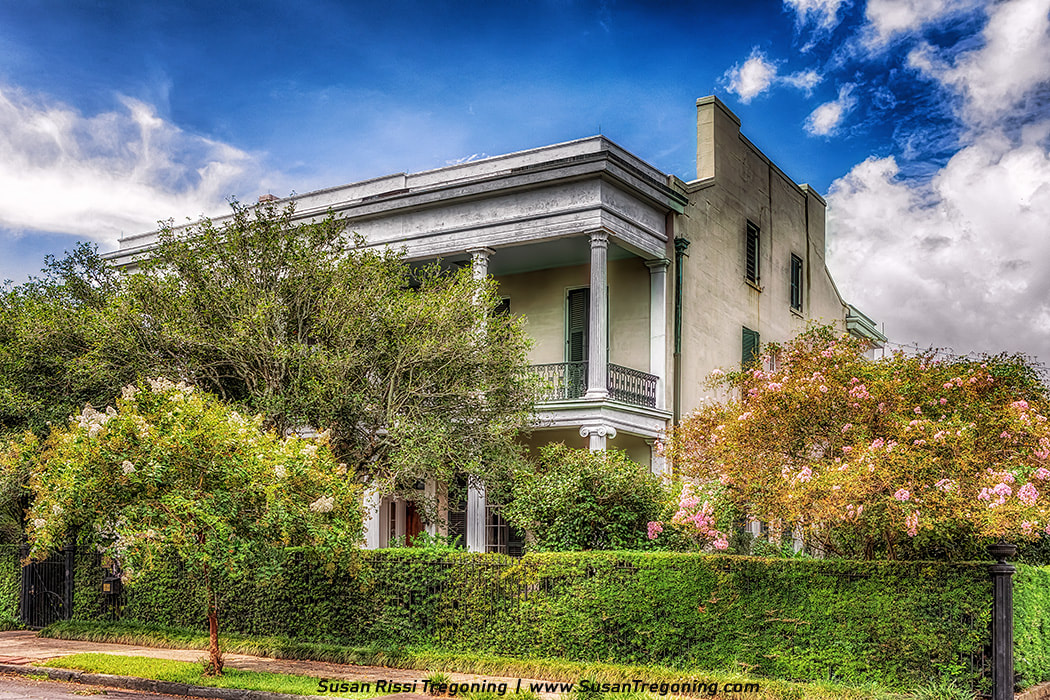


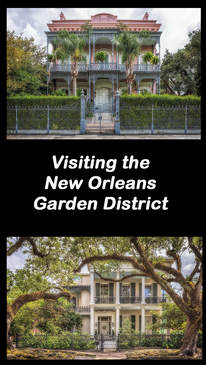
 RSS Feed
RSS Feed